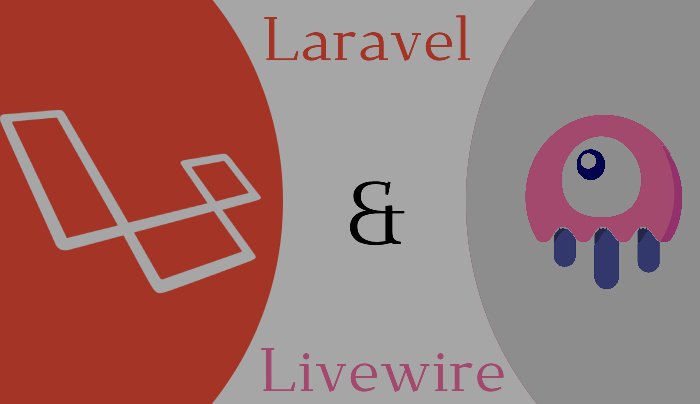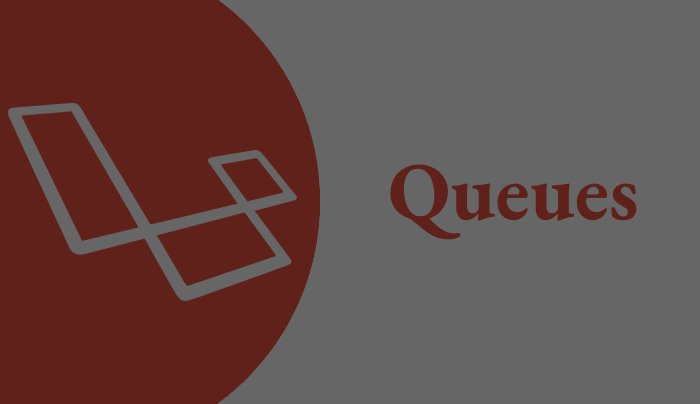Middleware and Filters
Understanding Laravel Middleware and Filters
Laravel, a popular PHP framework, provides powerful middleware and filter mechanisms that allow developers to implement complex logic at various stages of the request lifecycle. This article will explore these mechanisms in depth, starting with an overview of middleware and then diving into the details of filters.
1. Middleware
Middleware, in its essence, is a software component that connects different layers of the system, enabling them to communicate and process data efficiently. In the context of web applications, middleware is commonly used to filter HTTP requests entering the application. Laravel middleware is simple to use. You can define a middleware by creating a new class that implements the 'handle' method. This method takes the incoming HTTP request as its first argument and a closure as its second argument. The 'handle' method can perform various operations on the request before passing it to the next middleware in the chain or passing it to the final route.
For example, you can create a middleware that checks if a user is authenticated before allowing them to access a certain route. Here's how you can do it:
class CheckUserAuthentication {
public function handle($request, Closure $next) {
if (Auth::check()) {
return $next($request);
}
return redirect('/login');
}
}Once you've defined your middleware, you can assign it to a specific route or group of routes. Here's how you can apply the 'CheckUserAuthentication' middleware to a route:
Route::get('/dashboard', 'DashboardController@index')->middleware('CheckUserAuthentication');
Or to a group of routes:
Route::middleware(['CheckUserAuthentication'])->group(function () {
Route::get('/dashboard', 'DashboardController@index');
Route::get('/profile', 'ProfileController@index');
});
2. Filters
Filters allow you to modify the request and response objects, add custom response headers, or perform any other tasks that can be executed before or after the request is processed. Laravel filters can be categorized into two types: before filters and after filters. Before filters are executed before the request is processed, while after filters are executed after the request is processed. Both types of filters can modify the request and response objects or add custom response headers. You can define a filter by creating a new class that implements the 'filters' method. This method should return an array of filter rules. Each filter rule is an array that specifies the filter's name, the URI pattern it should apply to, and the type of filter (before or after).
For example, you can create a filter that sets a custom response header before processing the request:
class SetCustomResponseHeader {
public function filters() {
return [
'before' => [
'set_header',
],
];
}
public function set_header() {
return response()->header('X-Custom-Header', 'Custom Value');
}
}To register this filter, you need to add it to the 'filters' property in the 'app/Http/Kernel.php' file:
protected $filters = [
'Illuminate\Foundation\Http\Middleware\CheckForMaintenanceMode',
'Illuminate\Cookie\Middleware\EncryptCookies',
'Illuminate\Cookie\Middleware\AddQueuedCookiesToResponse',
'Illuminate\Session\Middleware\StartSession',
'Illuminate\View\Middleware\ShareErrorsFromSession',
'App\Http\Filters\SetCustomResponseHeader',
];
Conclusion
In summary, the effective implementation of Laravel middleware and filters is crucial for the efficient and secure operation of web applications. Middleware offers a straightforward approach to manage HTTP requests and responses, while filters provide a more granular level of control over route access and processing. By combining these two powerful features, developers can effectively protect and enhance their Laravel applications, ensuring a robust and maintainable codebase. Additionally, understanding the fundamental differences between middleware and filters is essential for harnessing their full potential. While both middleware and filters serve a similar purpose, the way they are implemented and configured is notably distinct. As a result, mastering the nuances of these two concepts will empower Laravel developers to create robust and versatile applications that can adapt to evolving requirements and user needs.
Recent Posts


.jpg)
.jpg)
.jpg)
.jpg)
.jpg)

 (1).jpg)
.jpg)